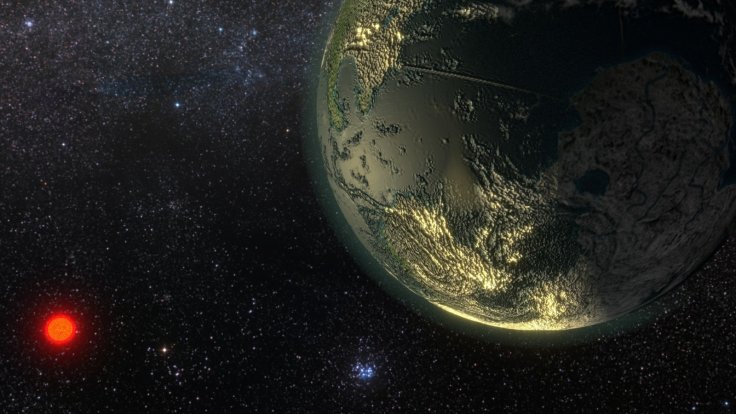
A team of researchers led by Anne-Marie Lagrange, research director at the CNRS at the Institute of Planetology and Astrophysics in Grenoble has discovered a giant planet which is ten times bigger than Jupiter. The planet is orbiting a star named Beta Pectoris which is located 63.4 light-years away.
The research report published in the Journal Nature revealed that this newly discovered planet named Beta Pictoris c has an orbit of roughly 1200 earth days. In 2008, researchers had discovered another giant planet named Beta Pictoris b orbiting the same star.
"Right now, we know it exists but we don't yet have an image of it, as it's very close to its star. The closer the planet is to its star, the more blinded we are by the light of the star. It, therefore, becomes difficult to make the planet out. It's like trying to see a speck of dust one meter from a lighthouse itself when the lighthouse is hundreds of kilometers from the observer," Lagrange told Business Insider.
Scientists are now apparently planning to capture direct images of this planet which will in turn help to see its surface and to determine the composition of its atmosphere. Initial analysis reveals that these two newly discovered planets are gaseous giants which means they are inhabitable.
Lagrange also added that the Beta Pictoris system is very complex when compared to the solar system. The researcher revealed that the Beta Pictoris star is 1.5 times more massive than the sun, and there are two giant planets and exocomets orbiting around it.
The research report also added this new discovery could help to know more about the formation of planetary systems and their evolution in the early stages.
A few days back, NASA's Transiting Exoplanet Survey Satellite discovered an exoplanet named GJ357d. This planet is now considered as a potential candidate to spot alien life, as it orbits in the outer edge of the star's habitable zone.








